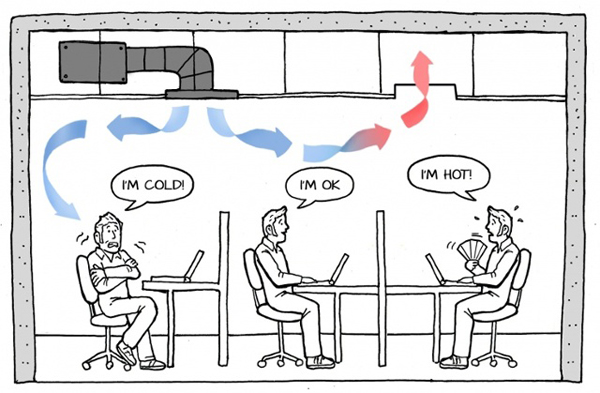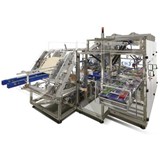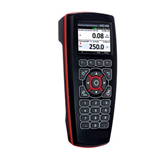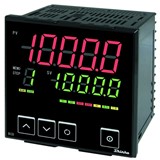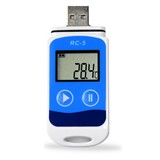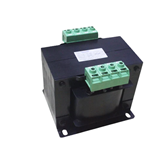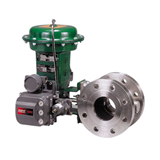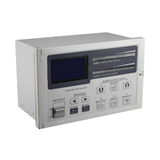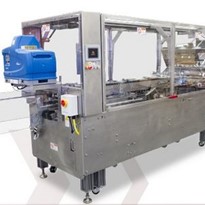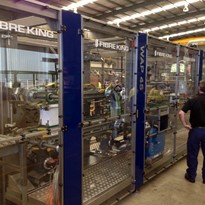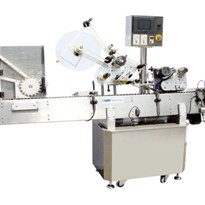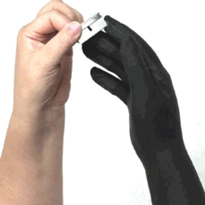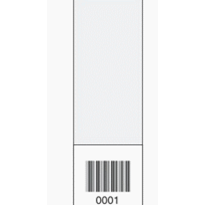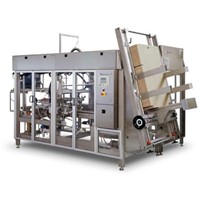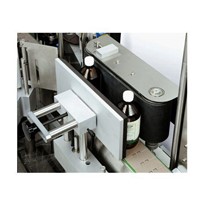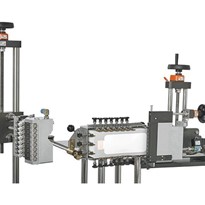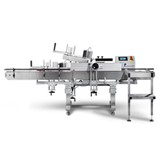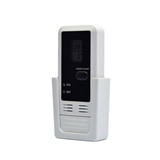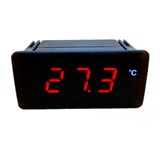However, invariably the extreme variances in Australia’s climate makes for substantial challenges in providing an ambient workplace, where everyone is comfortable. But what is the law around temperature control in the workplace and is there a maximum and minimum temperature that employer’s need to consider?
Temperature extremes are a known hazard – from freezing to burning, heat or lack of it can seriously harm people. Obvious hazards are easy to identify, but when it comes to the temperature merely causing discomfort, it’s less straightforward.
Employers are generally required to provide and maintain:
- Suitable means of ventilation to provide fresh air;
- Means of controlling humidity; and
- Means of controlling atmospheric conditions, i.e. temperature, radiant heat, and air velocity.
- Thermal comfort
Thermal comfort
Employers should aim to provide their employees with thermal comfort while at work. Thermal comfort is the point at which people do not feel too hot or too cold, it will vary between individuals. The main factors that influence thermal comfort include:
- Air temperature in the workplace;
- Level of humidity;
- Presence of radiant heat;
- Air speed;
- Level of physical activity;
- Clothing worn by employees; and
- Individual factors, such as age and build.
In Guidelines for the Provision of Facilities and General Safety in Commercial and Industrial Premises, the MBIE recommends that the temperature range providing thermal comfort for most people is 18-22°C (sedentary work) or 16-19°C (physical work) during winter and 19-24°C (sedentary work) or 16-21°C (physical work) during summer.
The recommended relative humidity for workplaces is 40-70%, and the air speed should be 0.1-0.2 metres per second (without creating a draught where sedentary work is carried out). Employees should not be directly exposed to radiant heat and they should wear clothing that is appropriate for the time of year.
Duration of paid rest breaks Temperature
- 10 minutes 30-32 degrees Celsius
- 20 minutes 32-34 degrees Celsius
- 30 minutes 34-36 degrees Celsius
- Cease working 36-38 degrees Celsius
Read more about temperature control in automative garages and workshops.


